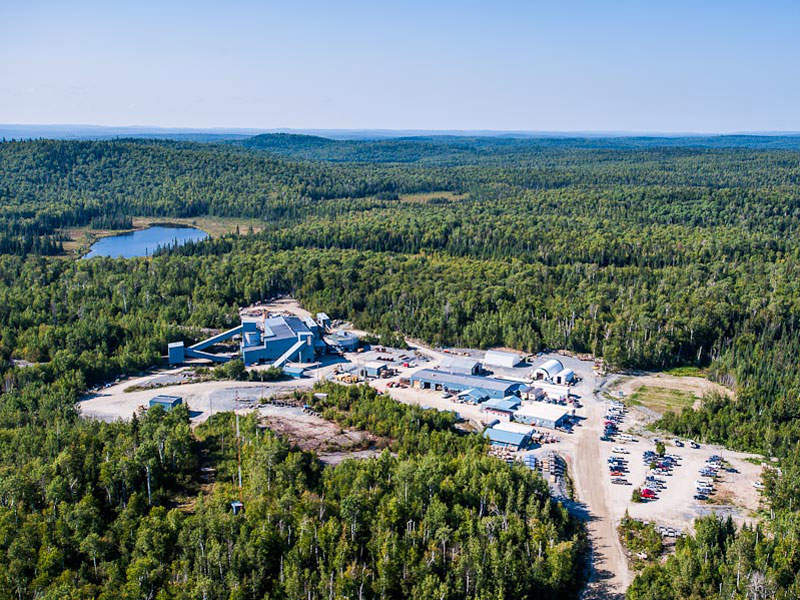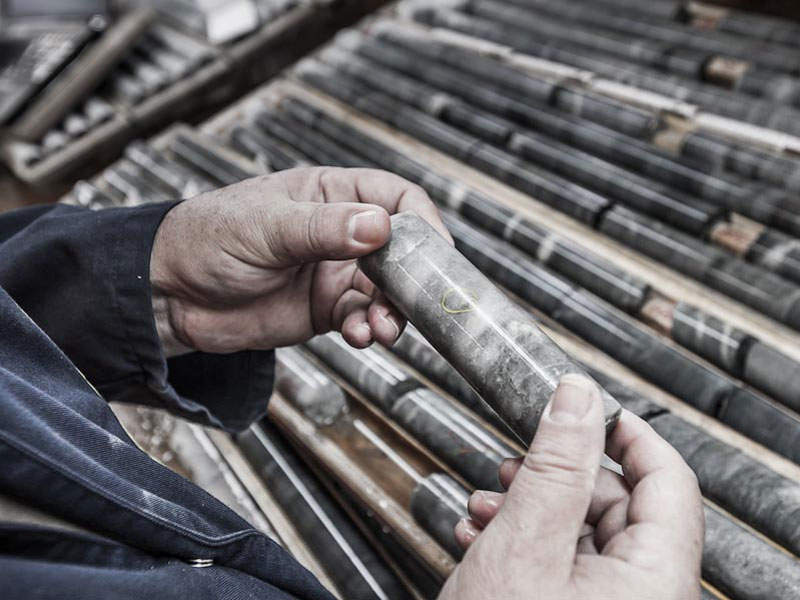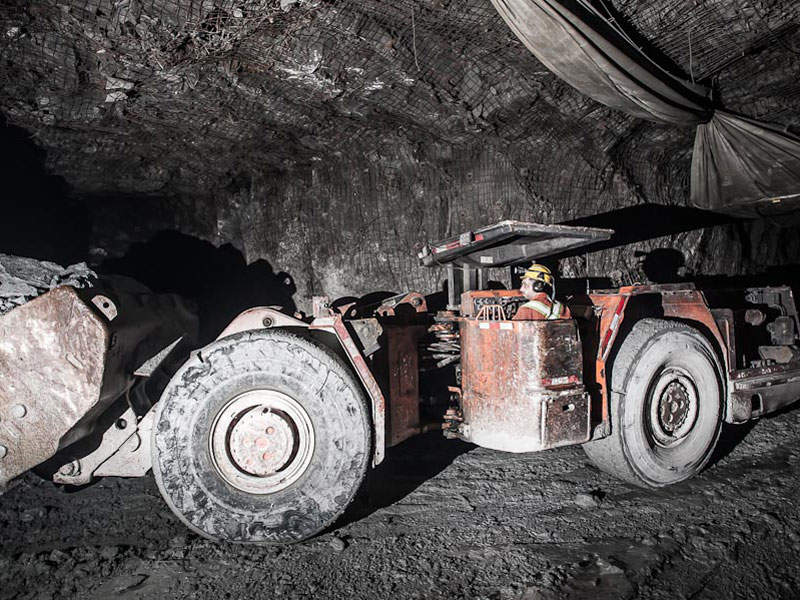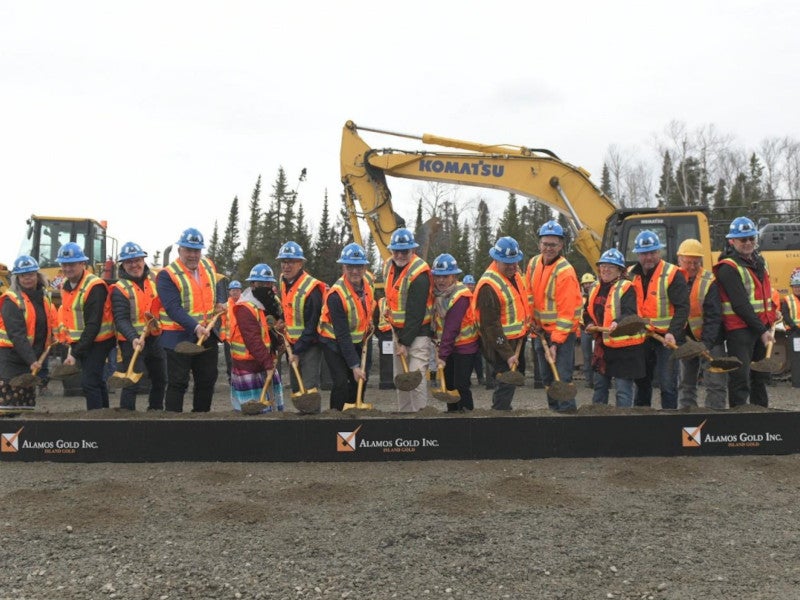The Island Gold mine is an underground gold mine located in Ontario, Canada. It is considered one of the highest-grade and lowest-cost gold mines in the country.
Owned and operated by Alamos Gold, the mine started commercial production in 2007. The mine was previously owned by Richmont Mines, which was acquired by Alamos in 2017.
A preliminary economic assessment (PEA) for a portion of the deeper resources of the Island Gold mine was conducted in 2015 to evaluate a feasible and cost-effective method to explore the high-grade resources and to evaluate the potential for production expansion.
Phase one of the assessment considered the development and extraction of reserves at depths between 450m and 860m over three long-hole mining zones.
The first phase of expansion was completed in 2018 to achieve a production rate of 1,100 tonnes per day (tpd). Phase two expansion was completed in July 2020 and increased the production rate to 2,000tpd.
A phase three expansion study was completed in August 2020. Ground-breaking for the phase three expansion project took place in April 2022 to increase production capacity to 2,000tpd.
In August 2022, Alamos Gold announced the filing of the Phase 3+ technical report. The Phase 3+ expansion will increase the production rate to 2,400tpd and is expected to be commissioned in the first quarter of 2026.
Project location of the Island Gold mine
The Island Gold mine is situated east of Dubreuilville, approximately 83km north-east of Wawa in northern Ontario, Canada. The property comprises 55,277ha.
Island Gold mine geology and mineralisation
Located in the Michipicoten Greenstone Belt, the Island Gold project is positioned in the upper portion of the Wawa Assemblage, which is composed of intermediate to felsic volcanic rocks covered by pyrite-bearing iron formations.
Occurring in narrow, subparallel quartz veins, gold mineralisation is controlled by the Goudreau Lake Deformation Zone (GLDZ) and found in different rock types and geologic settings.
Reserves of the Island gold mine
The proven and probable reserves at Island Gold mine are estimated to be 4.1 million tonnes (mt) grading at 10.12g/t Au containing 1.3 million ounces of gold, as of December 2021.
Mining at Island Gold project
The Island Gold underground mine is mined using longitudinal long-hole retreat mining or modified Avoca mining method, as it is considered the most productive and economic option.
The drilling technique involves drilling a series of vertical holes in the ore from one level to the other and then blasting the ore in vertical slices. The deposit can be accessed through a single decline from the surface, which provides access to multiple ramps.
The Phase 3+ expansion plan will add an underground mine shaft to a depth of 1,373m. The shaft sinking commenced in the third quarter of 2023.
The hoisting plant will be designed for an ultimate depth of 2,000m to provide flexibility for future exploration. A new underground ore and waste handling system and paste plant will also be developed to implement underground paste fill and boost production capacity.
The ore and waste will be skipped to the surface through the new mine shaft, which will help boost production and reduce costs.
Ore processing
The ore processing at the plant comprises ore crushing, grinding, leaching and electrowining. The mined ore is crushed by a jaw crusher and sent to a primary ball mill. Gold is then leached in a leaching circuit and extracted in a carbon-in-pulp (CIP) circuit, following which it is sent through a carbon regeneration kiln for the removal of loaded carbon by stripping, followed by electrowinning.
The solution produced from the elution process is sent to the electrowinning cells for the precipitation of gold in a gold sludge. The gold sludge is then dried, melted and poured into gold bars.
The Phase 3+ expansion project will replace the existing crushing plant with a new primary and secondary crushing circuit to increase process capacity. The existing CIP circuit will be decommissioned, and a carbon-in-leach (CIL) circuit will be developed by adding three new tanks.
In addition, a second ball mill, a new packaged 5t adsorption, desorption and recovery (ADR) plant, a new gold room and a cyanide destruction circuit will be developed. The feed well, pumps and pipes along with the tailings pumping system will be upgraded.
Site infrastructure
The project can be accessed through a four-season road from Highway 519. The water for mining and other operations is sourced from the Maskinonge Lake, the tailing management facility, which comprises a primary and secondary pond. The mine water treatment system will be upgraded as part of the Phase 3+ expansion project.
The project site is connected to the provincial power grid, which receives electricity from Algoma Power. A new 15kV substation will be installed on the new shaft site to power the new infrastructure of the Phase 3+ expansion project.
Other facilities include a tailings pond, settling pond, the Kremzar mill and hydroelectric power lines, office buildings, core logging and storage facility and a mine dry.
Contractors involved
The expansion case PEA was completed by mining and exploration consulting firms InnovExplo and Soutex.
The phase three expansion study completed in 2020 was prepared by consulting companies Hatch, Cementation Canada, Golder Associates, Halyard, JDS Energy & Mining and Airfinders, who were also involved in the phase three technical study completed in 2022, along with Redpath Mining, Paterson and Cooke and DRA Global.
Walters, a steel construction company, is responsible for fabricating, supplying and installing structural steel for a headframe and modular buildings for the Phase 3+ expansion project along with partner Lancaster Group, a contractor.







